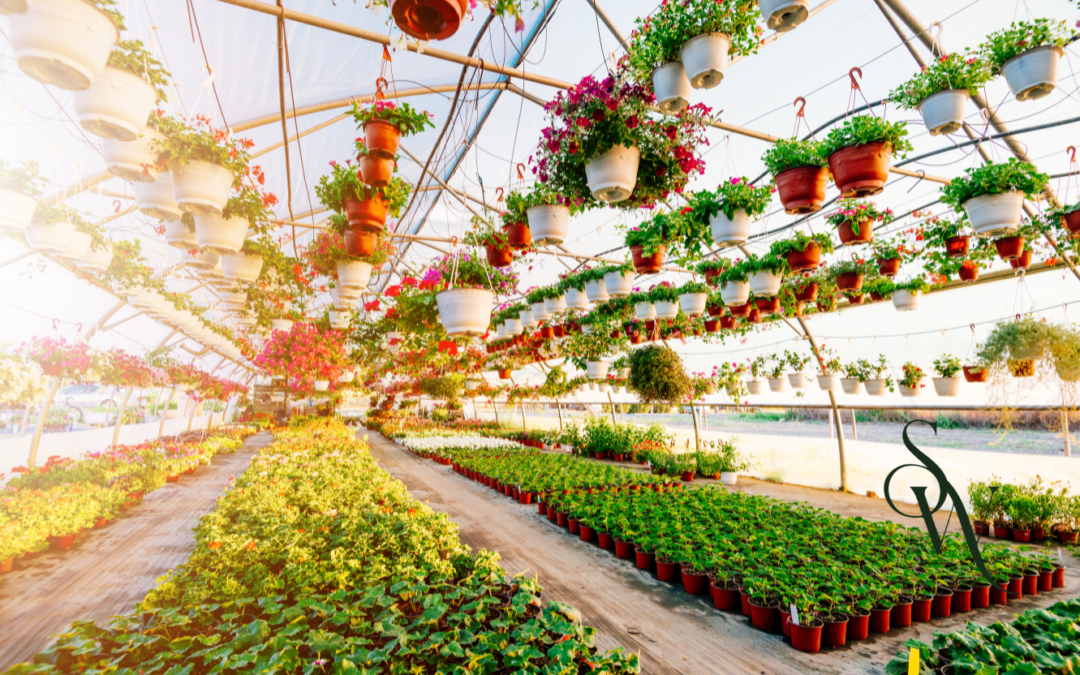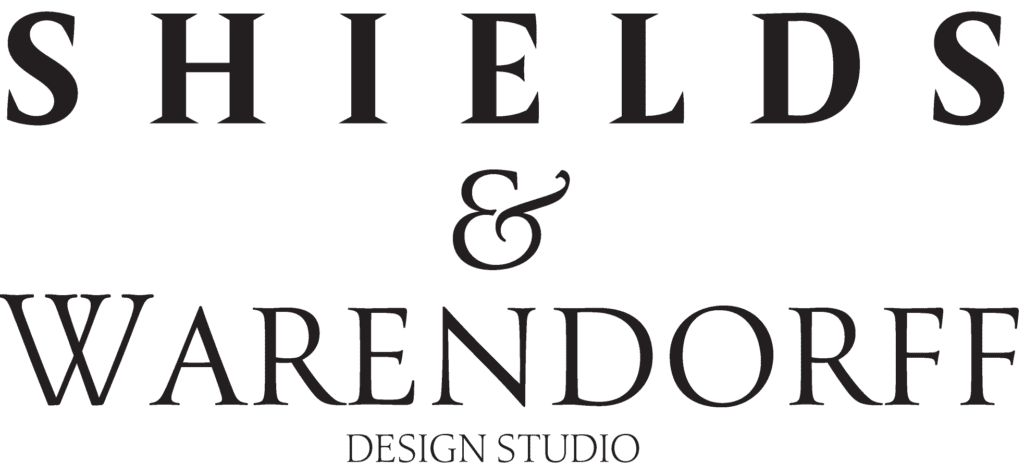In a world increasingly attuned to the need for environmental consciousness, Meadow Modernism emerges as a design philosophy that seamlessly integrates sustainability with the organic beauty of nature. Drawing inspiration from wild meadows, native plant species, and eco-friendly materials, this approach redefines modern aesthetics through a greener lens.
What is Meadow Modernism?
Meadow Modernism is a design movement that fuses natural elements with contemporary sensibilities. At its core, it embraces:
- Native and Pollinator-Friendly Plants– Supporting local ecosystems by using flora that thrive in their natural habitats.
- Sustainable Materials– Prioritizing biodegradable, recycled, and ethically sourced components.
- Organic Flow and Form– Celebrating the spontaneity of nature rather than rigid symmetry.
- Eco-Conscious Practices– Reducing waste, minimizing carbon footprints, and promoting regenerative landscaping.
Key Elements of Meadow Modernism
1. Native and Low-Impact Plant Choices
Meadow-inspired designs rely on plants that require minimal irrigation and maintenance. Popular choices include:
- Wildflowers (coneflowers, black-eyed Susans, poppies)
- Ornamental grasses (fescue, switchgrass, feather reed grass)
- Perennials (lavender, yarrow, bee balm)
- Ground covers (clover, creeping thyme, moss)
These selections not only create lush, natural landscapes but also support biodiversity and attract pollinators.
2. Sustainable Hardscaping and Materials
Instead of traditional concrete and plastic, Meadow Modernism advocates for:
- Reclaimed wood for furniture and accents
- Natural stone pathways instead of synthetic pavers
- Eco-friendly paints and finishes with low VOCs
- Biodegradable or compostable floral arrangements
3. Responsible Water Use
To maintain harmony with nature, Meadow Modernism encourages:
- Rain gardens to absorb stormwater runoff
- Drip irrigation for efficient water distribution
- Rainwater harvesting for landscape hydration
4. Minimalist Aesthetic with a Wild Edge
Unlike structured gardens or high-maintenance landscapes, Meadow Modernism embraces:
- Soft, unstructured planting arrangements
- A mix of heights and textures to mimic natural meadows
- Earthy, muted color palettes with seasonal bursts of vibrancy
How to Incorporate Meadow Modernism Into Everyday Spaces
- Urban Gardens– Transform balconies and rooftops with container-friendly native plants.
- Wedding and Event Decor– Use potted flowers and dried arrangements instead of cut blooms.
- Indoor Spaces– Opt for sustainable furnishings and air-purifying plants.
- Community Landscaping– Advocate for green spaces with pollinator pathways and native wildflower patches.
The Future of Eco-Conscious Design
As sustainability becomes a non-negotiable in modern design, Meadow Modernism leads the way in harmonizing aesthetics with responsibility. By embracing this approach, individuals and communities can contribute to environmental well-being while enjoying the serene, organic beauty of nature.
Whether through architecture, interior styling, or landscaping, Meadow Modernism proves that the future of design is not only modern but also deeply rooted in the past—honoring nature as the ultimate muse.
Written by DapraLab


